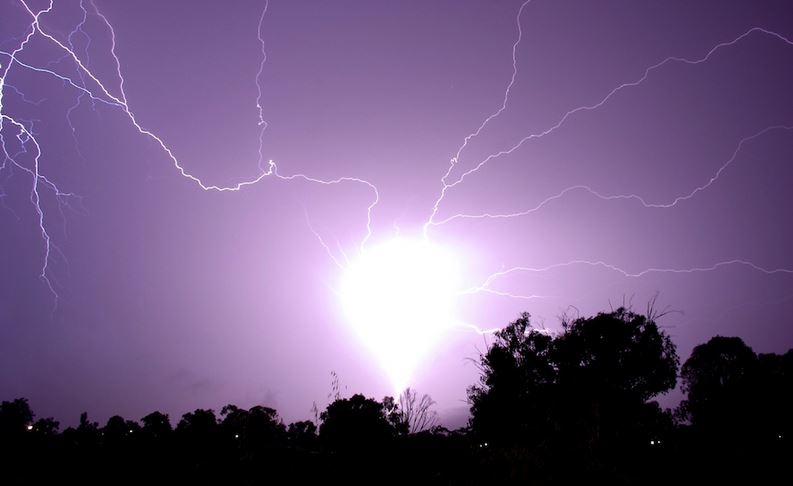Ball lightning is one of nature’s most enigmatic and fascinating phenomena. Often described as a glowing, spherical object, it has captivated scientists and laypeople alike for centuries. Despite numerous reported sightings, ball lightning remains shrouded in mystery due to its rarity and the difficulty in studying it under controlled conditions. This article explores what is known about ball lightning, the theories surrounding its formation, and recent advancements in understanding this elusive phenomenon.
Historical Accounts and Descriptions
Reports of ball lightning date back to ancient times, with documented sightings spanning across different cultures and eras. Typically, ball lightning appears as a luminous sphere, ranging in size from a few centimeters to several meters in diameter. It is often described as moving erratically, hovering near the ground, and lasting from a few seconds to several minutes before disappearing or exploding with a loud noise.
Witnesses have reported a variety of colors, including white, yellow, orange, and blue. Ball lightning has been observed during thunderstorms, often appearing concurrently with conventional lightning strikes, but it can also occur in clear skies, adding to the mystery of its origins.
Theories of Formation
Numerous theories have been proposed to explain the formation of ball lightning, but none have been universally accepted. Here are some of the leading hypotheses:
- Plasma Theory: One of the most widely discussed theories is that ball lightning is a form of plasma. Plasma, an ionized gas, can emit light and move independently. This theory suggests that ball lightning could form when a conventional lightning strike ionizes the air, creating a stable plasma ball.
- Chemical Reactions: Some researchers believe that ball lightning results from chemical reactions in the atmosphere. For instance, silicon vaporized by a lightning strike could react with oxygen in the air, producing a glowing silicon ball. This theory is supported by laboratory experiments that have recreated some characteristics of ball lightning using silicon compounds.
- Microwave Cavity Hypothesis: Another intriguing theory posits that ball lightning is caused by microwaves trapped in a spherical cavity. According to this hypothesis, lightning strikes could generate microwaves that become confined in a spherical region, heating the air and creating a glowing ball of ionized particles.
- Nanoparticle Aggregation: Recent studies suggest that ball lightning might involve the aggregation of nanoparticles. These particles could be formed during a lightning strike and then cluster together, creating a stable, glowing sphere. This theory is supported by some laboratory experiments that have produced similar glowing balls using nanoparticles.
Recent Advances and Observations
In recent years, advancements in technology have allowed for more detailed observations and experiments related to ball lightning. High-speed cameras and sensitive measuring instruments have captured instances of ball lightning, providing valuable data for researchers.
In 2012, Chinese scientists reported a detailed observation of ball lightning using spectrographs during a thunderstorm. Their findings indicated the presence of silicon, iron, and calcium, lending support to the chemical reaction theory.
Additionally, laboratory experiments have successfully created phenomena resembling ball lightning. For instance, researchers have used high-power microwaves and electrical discharges to generate glowing spheres that exhibit similar behaviors to reported sightings of ball lightning.
Conclusion
Despite centuries of fascination and study, ball lightning remains one of the most mysterious atmospheric phenomena. While various theories provide plausible explanations, conclusive evidence is still lacking. Continued advancements in observational technology and laboratory experimentation hold promise for unraveling the mysteries of ball lightning. Until then, this enigmatic phenomenon will continue to captivate our imagination and drive scientific curiosity.
